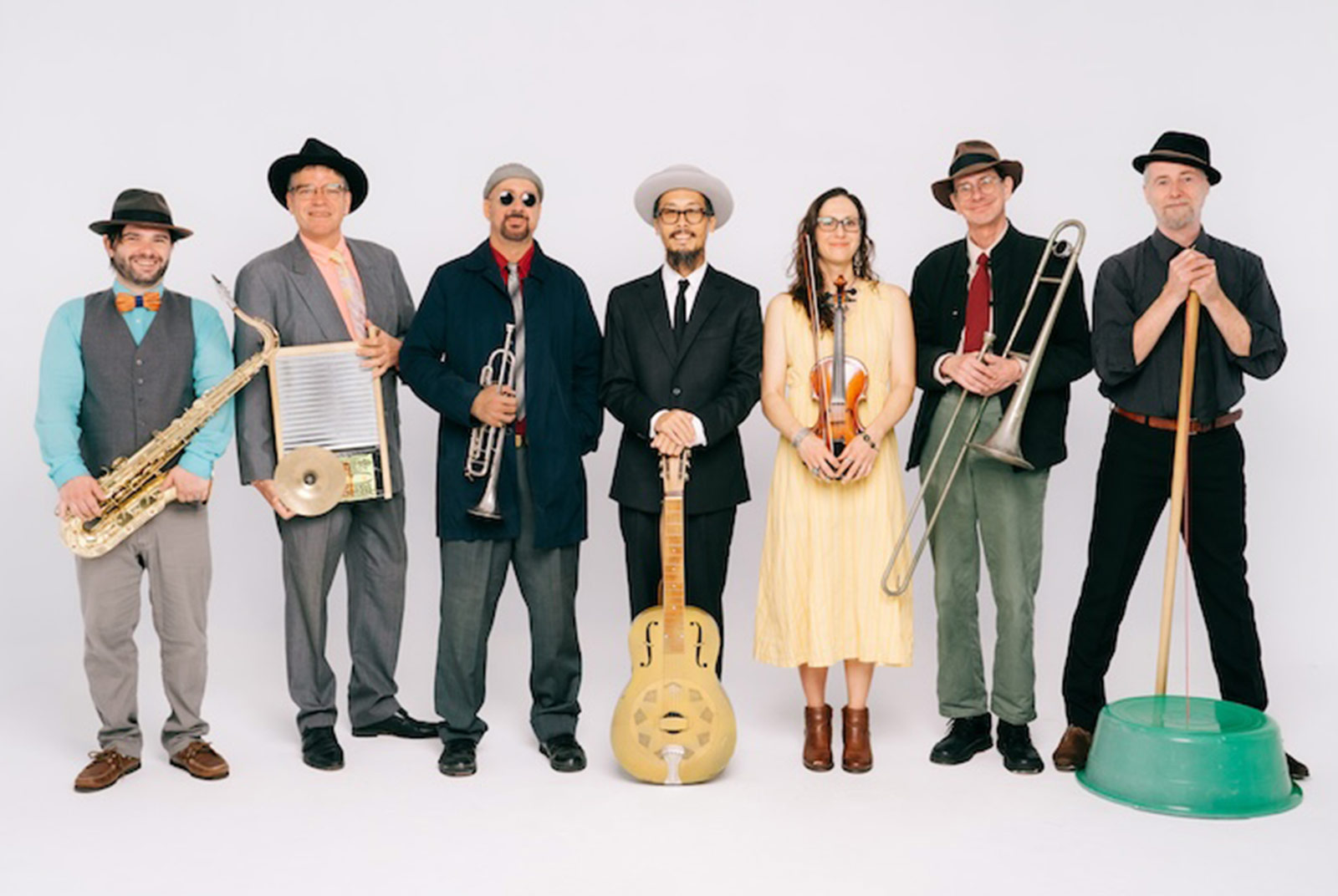Michelin Guide Taiwan – Taipei vs. Taichung
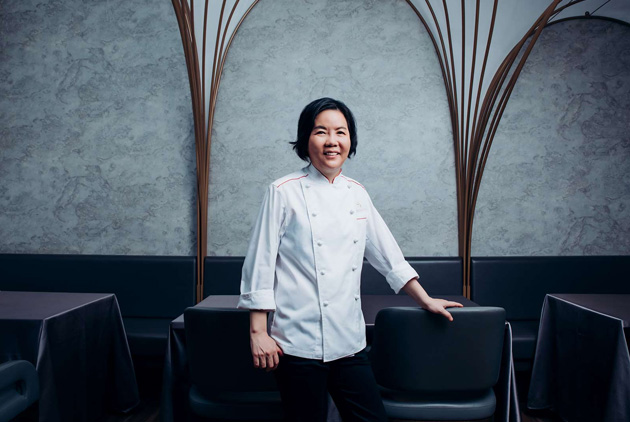
Source:Fleur De Sel Restaurant
The Michelin Guide Taiwan ventured outside of Taipei for the first time in 2020 and explored Taichung. Four restaurants earned Michelin stars -- JL Studio, Fleur de Sel, Forchetta and Oretachi No Nikuya – and the choices revealed the stark differences between the Taipei and Taichung culinary scenes.
Views
Michelin Guide Taiwan – Taipei vs. Taichung
By Sunny Wuweb only
Founded in 2004 and now one of Taiwan’s best established Western restaurants, French restaurant Fleur de Sel was one of the first restaurants in Taichung to earn a coveted Michelin star.
Its owner and head chef Justine Li (黎俞君), known as “Central Taiwan’s godmother of Western food,” pioneered the use of seasonal local ingredients in her French cuisine long before it was fashionable to inject Taiwanese ingredients into fine dining.
“Western food at the time was not as clearly defined as it is today when we talk about French or Italian food,” Li said. To make sure she would learn the essence of European cuisines, she spent more than 20 years in England, northern Italy, Spain and France honing her craft before starting her business in Taiwan.
“I would study language and cooking during the day, and then go to a Michelin-starred restaurant after class for dinner,” she recalled.
Hardy Ingredients with a Sense of Ceremony
“A lot of people say my style is very Taiwanese,” Li said with a laugh. But she has insisted during her entire career that the essence of French cuisine is to respect ingredients and put a priority on sauces.
Li has stressed French cooking techniques to showcase the freshness of the local soil and the seasonal ingredients it produces, rather than conjure up expensive extravagance. She has reduced the traditional use of butter while ramping up the use of vegetables with Asian flavors, converting the rich sauces of French cuisine into a much more refreshing flavor profile.
Yet despite the food’s departure from French tradition, Li’s restaurant remains highly popular in part because it maintains the formal trappings of a high-end establishment.
“People in Taichung need a sense of ceremony,” said iFuntuan Dining Club (愛飯團) founder Cindy Hsu (許心怡), citing a restaurant there that displeased its customers when it eliminated table cloths and did not set the cutlery on its tables in the proper order.
That differs dramatically from the trend toward more casual service in Taipei, where tablecloths are less common and waiters wear sneakers.
“Fleur de Sel’s business has always been good, and it has maintained the sense of ceremony found in high-end restaurants. Yet technically speaking, Fleur de Sel’s food is not really traditional French cuisine. It has added many new elements to its dishes,” Hsu said.
Eslite Hotel General Manager Tony Wang (王本仁), who worked in Taichung for more than a decade, said the old economy manufacturers that form the city’s economic backbone often look for banquet-type settings for big gatherings.
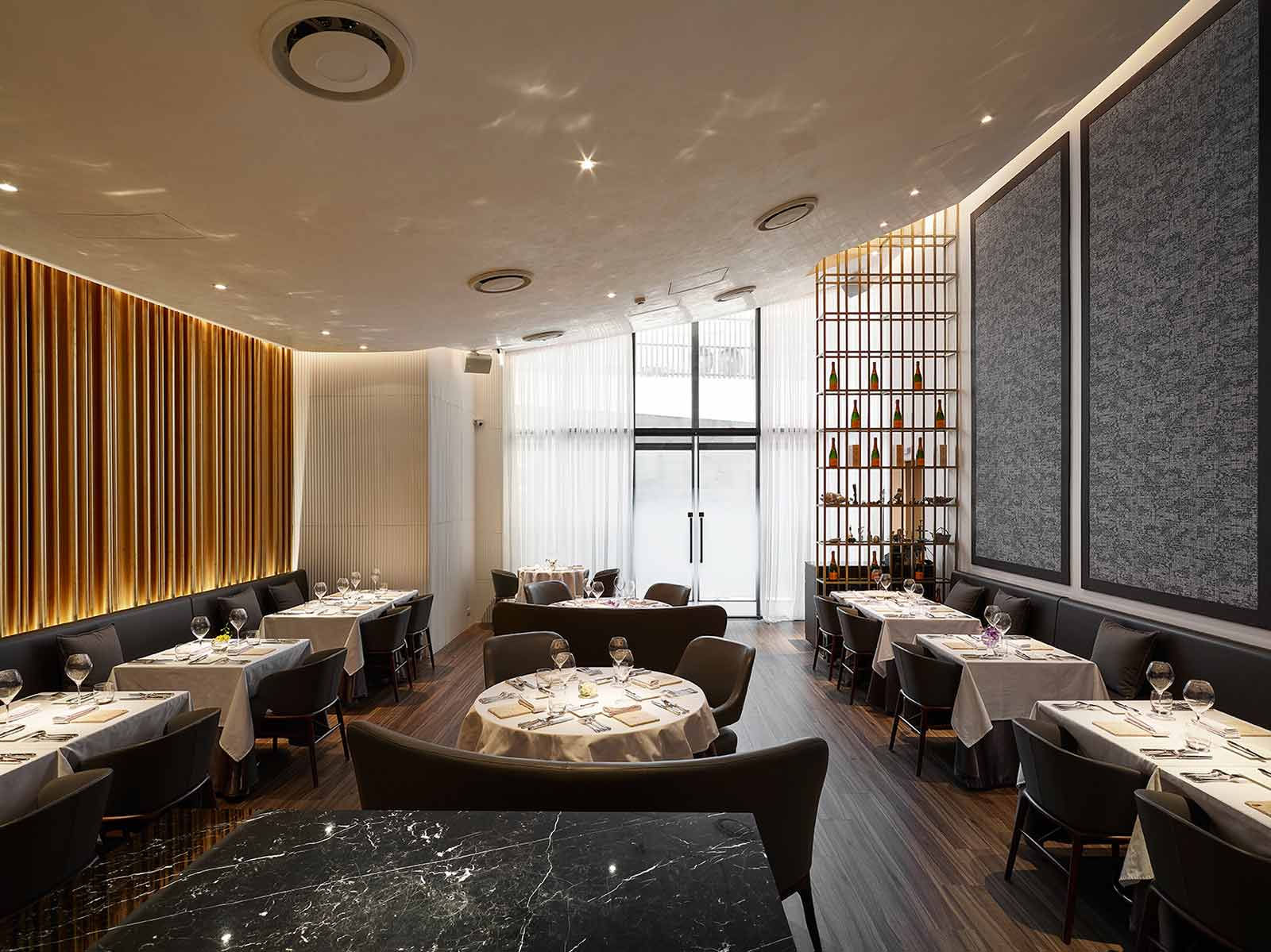
(Source:Fleur De Sel Restaurant)
“People in central Taiwan are more traditional. They are willing to try new experiences, but when it comes to banquets or gatherings, they are still practical and want dishes with hardy ingredients,” Wang said in describing the differences in dining habits between people in Taichung and Taipei.
That contrast was evident in the Michelin lists of top restaurants in the two cities.
Taipei is an international city generally in tune with the latest international trends, while Taichung’s tight social networks have helped its restaurant scene remain relatively unchanged. The Michelin star lists revealed Taipei to be a place where new food styles are highly appreciated and in demand, with more than half of its top restaurants that made the Michelin cut featuring new-generation fusion cuisine.
Topping the Taichung list as the city’s only two-star standout was JL Studio, a unique, avant-garde restaurant that is re-defining Singaporean cuisine. Though its menu showcases several new-age culinary techniques, it retains the professional service etiquette so coveted in Taichung, including explaining dishes as they are served and offering wine pairing options.
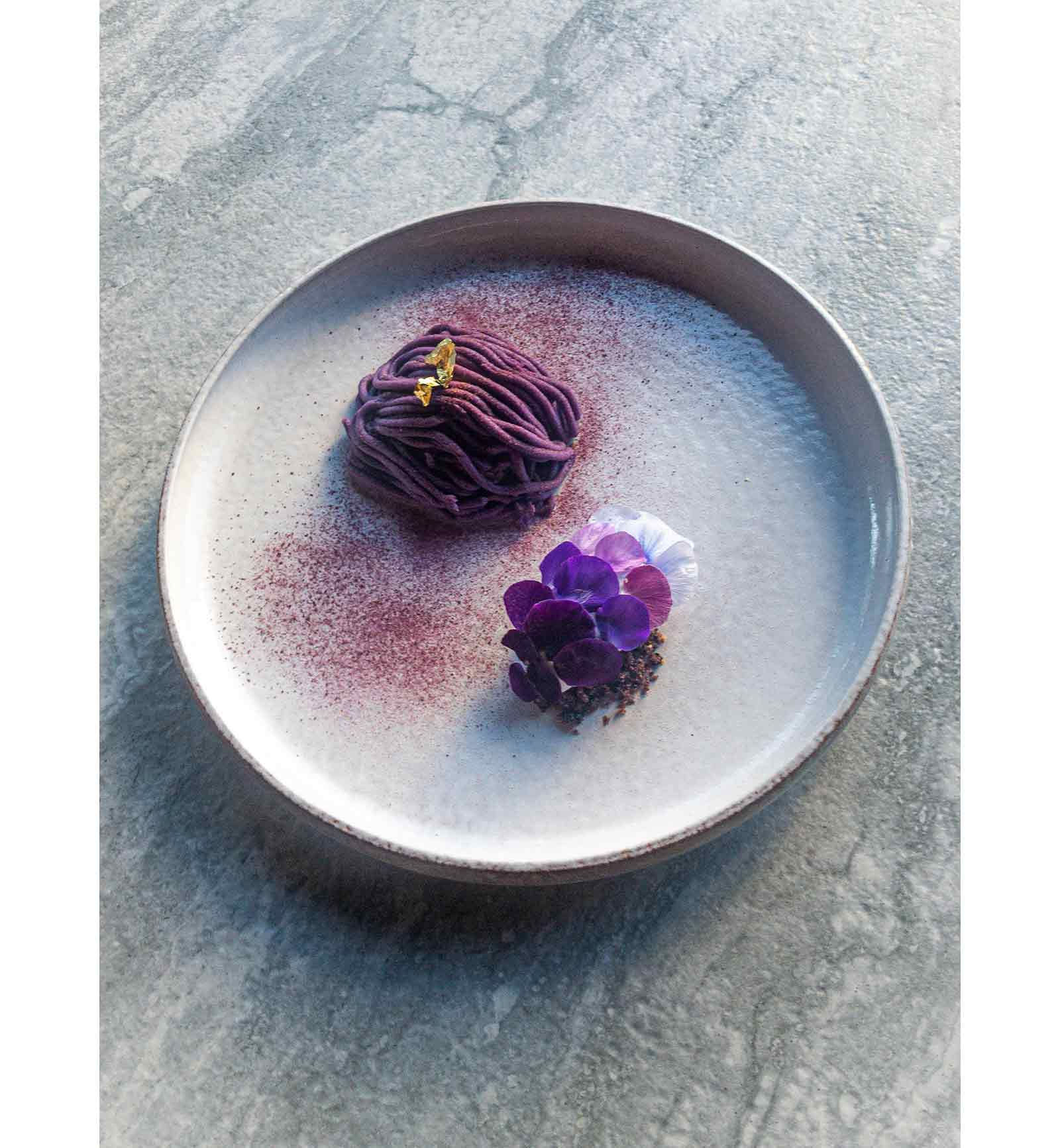
(Source:JL Studio)
Described by head chef Jimmy Lim (林恬耀) as the first Singaporean cuisine restaurant in Taiwan and even outside of the city-state to earn Michelin stars, JL Studio adeptly combines Taiwanese ingredients, French cooking techniques and Southeast Asia’s food culture to creatively reimagine Singaporean street food classics.
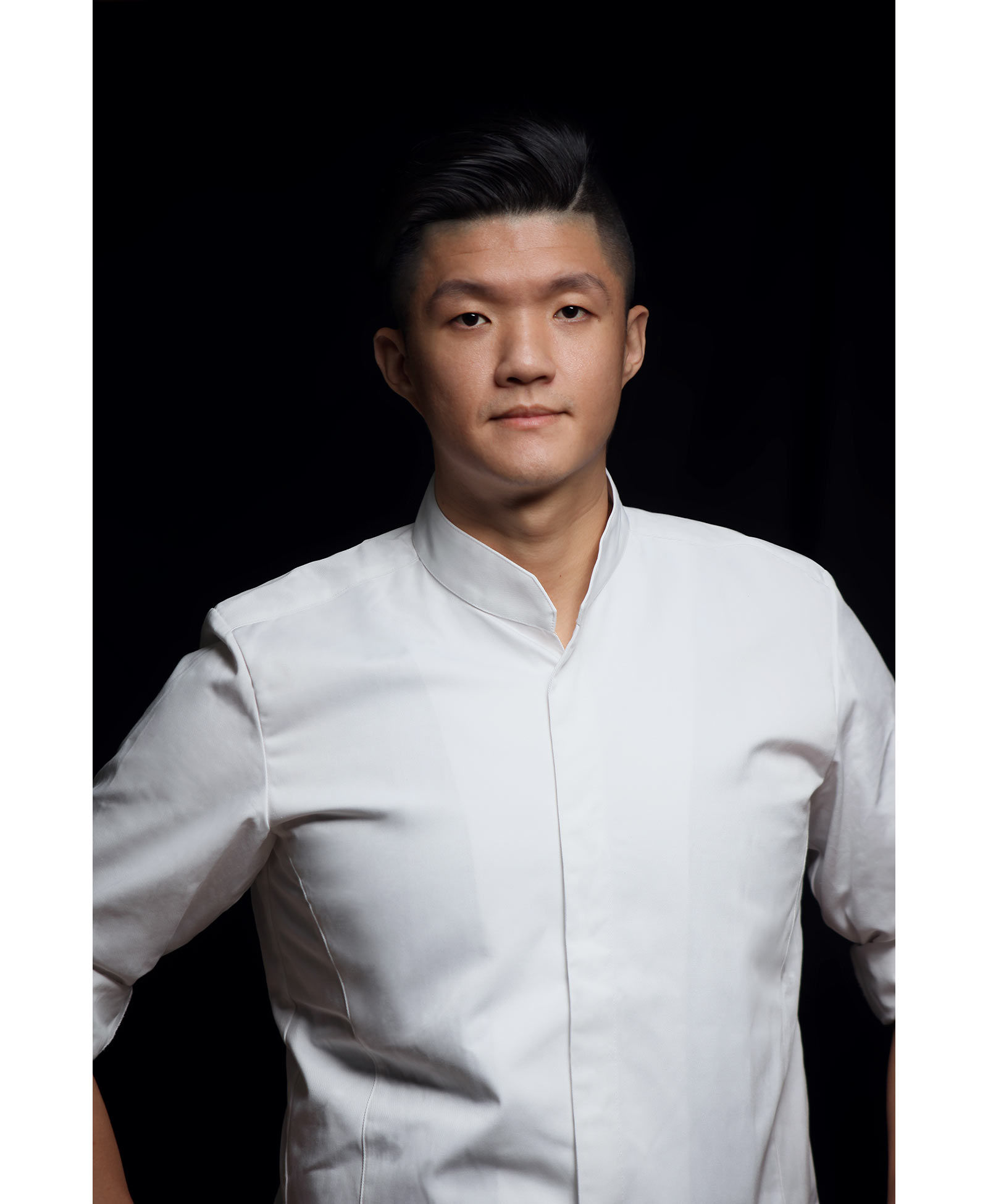
(Source:JL Studio)
Among the challenges Lim has had to overcome is substituting the use of imported ingredients, as is the way in Singapore, with local ingredients from Taiwan that change with the seasons. His success earned him the Miele One to Watch Award in Asia’s 50 Best Restaurants 2019.
At Forchetta, which left Taipei to take on the Taichung market, owner and head chef Max Tseng (曾士弘) also blends French cooking techniques and local elements to conjure up east-meets-west creations. The generous use of high-quality Taiwanese ingredients prepared with great skill in a variety of ways yield eye-catching dishes marked by a very personal point of view.
The Taichung Scene: Banquets, Private Rooms
The Taichung restaurants highlighted by the Michelin Guide reflect a style almost diametrically opposed to that of Taipei.
“Taichung is a hub of small and medium-sized enterprises (SMEs). It has traditional social networks but the economic might of a modern society,” and the needs of its old economy businesses have fostered a restaurant culture that contrasts with that found in Taipei, observed Kao Cheng-shu, chairman of the board of trustees of Fengchia University.
Before industrial parks and science parks found their way into the area, Taichung’s economy depended largely on light industry. It spawned the development of large numbers of small businesses that evolved into today’s economically powerful SMEs and sizable class of business owners. The city’s climate – cooler than Kaohsiung but warmer than Taipei – has also helped give Taichung the reputation of a more “livable” city where people can enjoy life.
The city has the highest concentration of Rotary Clubs anywhere in Taiwan, which according to Kao symbolizes how tight knit the region’s social networks are. Many alumni, industry, hometown or company successor groups also exist, and Fengchia itself has an alumni association and branches.
“When golf associations get together, every time they gather for a meal after playing a round of golf, they need more than 20 tables,” Kao said.
The social composition of Taichung’s population would suggest the number of people needing banquet services would be limited, but market demand is actually quite strong because of these many interpersonal networks.
Consequently, Taichung has several high-end restaurants suitable for banquets and large gatherings that put a premium on elegant décor and lavish dishes. To cater to their many business or group clients that often meet to talk business, these restaurants also offer a relatively high number of private rooms, in stark contrast to Taipei where space is primarily devoted to tables for small parties.
Taiwan’s “godfather of steaks” Danny Deng, who has Danny’s Steakhouses in both Taipei and Taichung, said his customers at the Michelin-starred restaurant in Taipei generally dine there for small get-togethers or dates or to entertain international customers while in Taichung it’s usually an owner of a factory inviting people out.
He discovered that in Taichung, restaurants not only have plenty of space and are well-decorated, they also have parking lots with over 100 spaces. In addition, though spending per customer is lower than in Taipei, total revenues are relatively the same, indicating Taichung’s strong spending power.
Whatever one’s preference, the expansion of the Michelin Guide’s coverage has cast new light on some of central Taiwan’s top culinary experiences and illustrated that not all of Taiwan’s best eats are in Taipei.
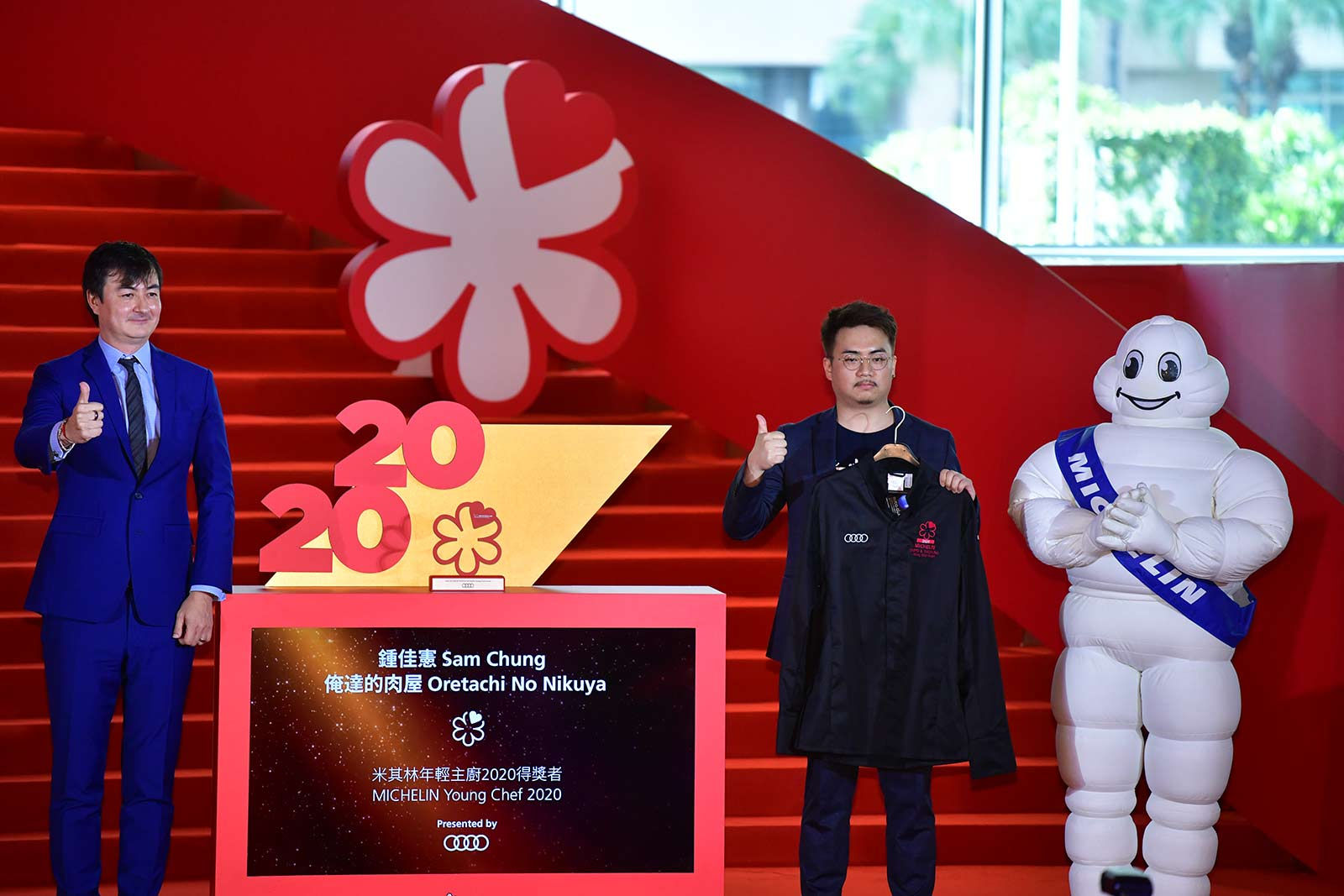
(Source:Kuo-Tai Liu)
2020 Michelin Guide Taiwan Summary: The 2020 Michelin Guide Taiwan rated restaurants in Taipei for a third time and in Taichung for the first time. Thirty restaurants got stars (26 in Taipei and four in Taichung), with one getting three stars, seven getting two stars, and 22 getting one star. Another 75 earned mentions in the Bib Gourmand category for restaurants that offer good value for money, with 31 restaurants and 23 food stalls in Taipei and 21 venues in Taichung.
Have you read?
♦ Bellini Caffe: Very Hot Lasagne
♦ The First International Cruise Ship to Resume Operation
♦ Bogart’s Smokehouse: Southern-style barbeque
Translated by Luke Sabatier
Uploaded by Penny Chiang





